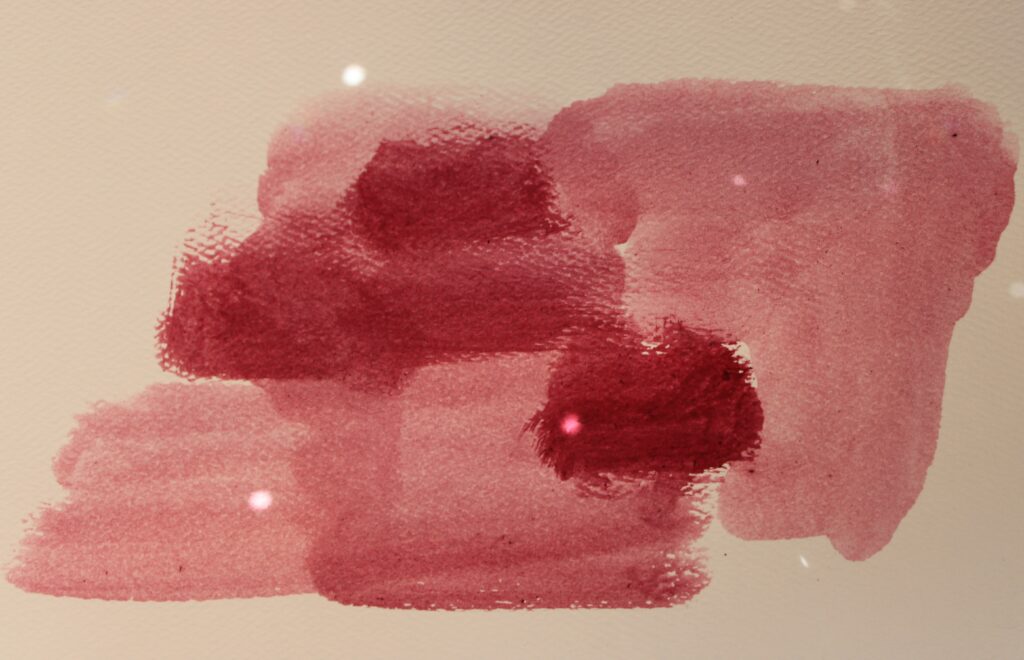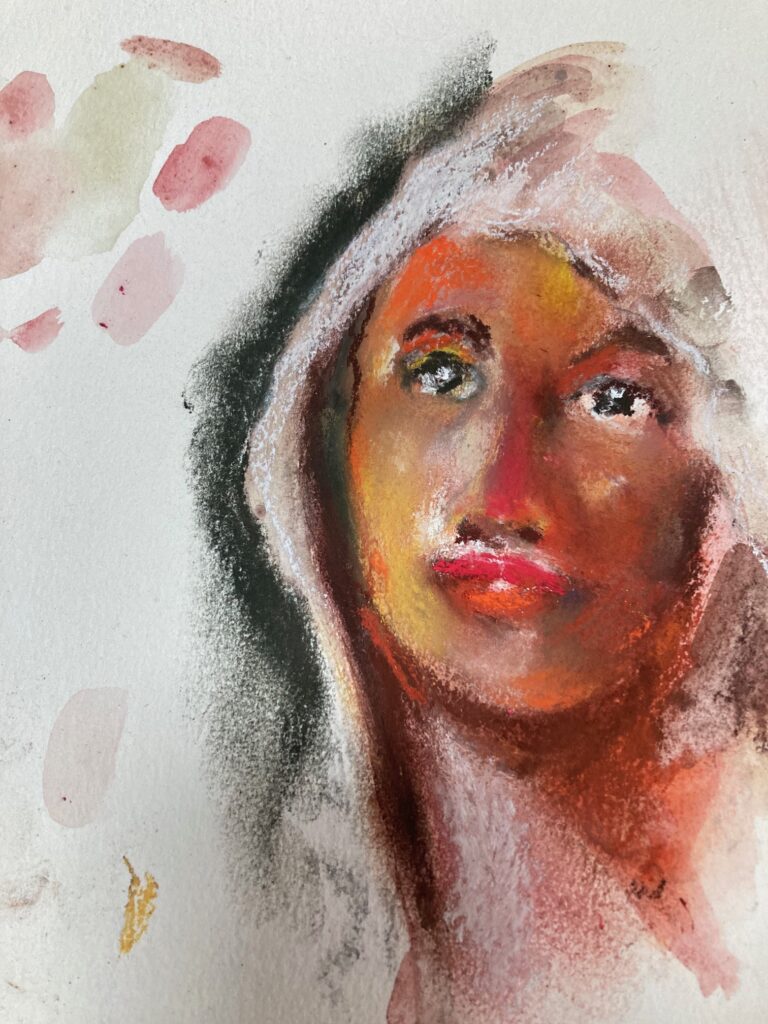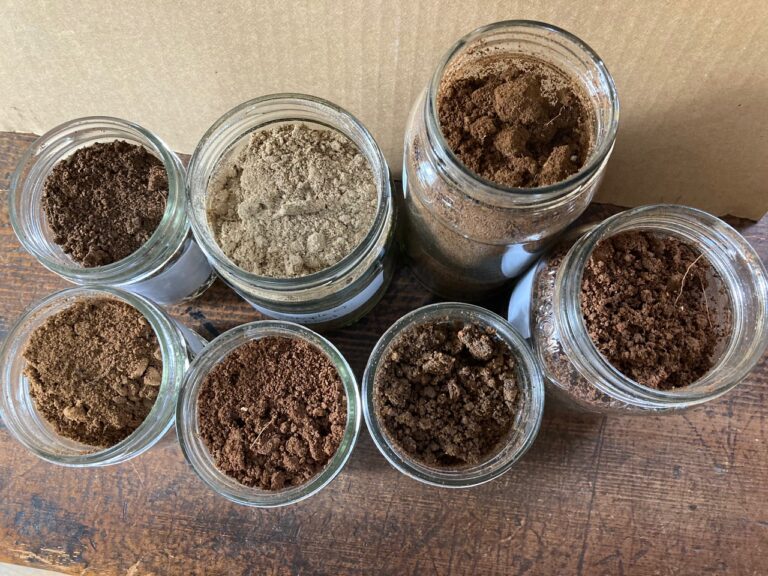Bugging Out
Cochineal scale insects (Dactylopius coccus) grow on cacti in the Southwest. The infestation may be limited, but sometimes hundreds of the insects can be all over the cactus plant as tiny white pulpy blobs. The insects produce carminic acid, which deters most other insect predators and produces a deep red color known as carmine.

Obtaining Red Dye from Insects
I discovered these little pests on one of my hikes through the hill country not long ago and was fascinated by how many had populated the prickly pear cactus along my driveway. Upon further investigation I discovered that native Indians and indigenous people from Mexico used the cochineal to make red dye. After the Spaniards colonized the region in the 1500s, they took the cochineal dye back to Spain with them for trade purposes and it became as valuable as silver.
Today the same cochineal is classified as red dye #4 by the US government and is frequently used as a component of lipstick and other cosmetics. Many early painters also used cochineal for their own paintings, including Van Gogh and Turner.
Making Red Paint from Insects
When I first began delving into painting with earth, I initially decided to limit my scope to just the mineral and plant kingdoms. Dirt and plants were my motto! But these little creatures have gotten my attention, especially since they seem to have invaded many of the prickly pear along my path. My husband, Barton, squished one to prove that it was the infamous Dactylopius coccus. I didn’t believe it at first, but it turned a bright red in his hand.

We collected some, scraping the insects into a small jar. I kept them in the refrigerator for a few days until I was ready to make paint. I didn’t have a lot, so I scraped them into my mortar and ground them first. After that I was going to transfer them to a glass plate for more grinding with a muller stone, but I didn’t get that far. They ground up into a syrupy gel that was more of a raspberry color than the bright red I had expected. Then I added gum arabic and continued mixing until the consistency was smooth. Following that process, I transferred the mixture to my palette and allowed it to dry.

The color I achieved is a lovely magenta-like hue. Depending on how much water is mixed into the paint, the tones range from very dark, almost purple, to a soft, light pinkish color. I’m going to keep researching these insects and explore other techniques for extracting the red color. At this point I must confess that red is my favorite color!




